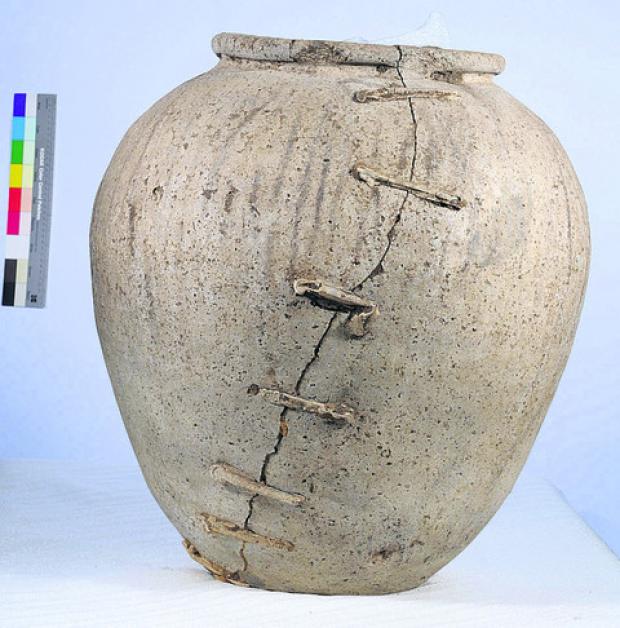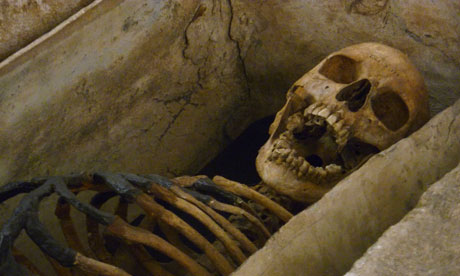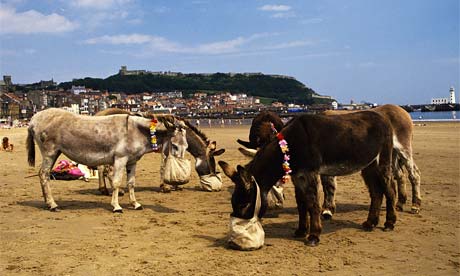Imagine you’re in
Rome, it’s 205 CE, and you’ve got to figure out the quickest way to
transport wheat to Virunum, in what’s now Austria. Your transportation
choices are limited: ox cart, mule, ship or by foot, and your budget is
tight. What do you do?
Enter ORBIS: The Stanford Geospatial Network Model of the Roman World.
With it, you can survey the options that would have been available to
an ancient Roman in that very predicament with the ease of getting
directions via GPS.

Type in your
starting point, destination, the goods you need to move, and the time of
year. Voila! You can quickly see the most cost-effective way to
transport the grain.
By generating new
information about the ancient Roman transport network, ORBIS
demonstrates how, more than anything else, the expansion of the empire
was a function of cost.









